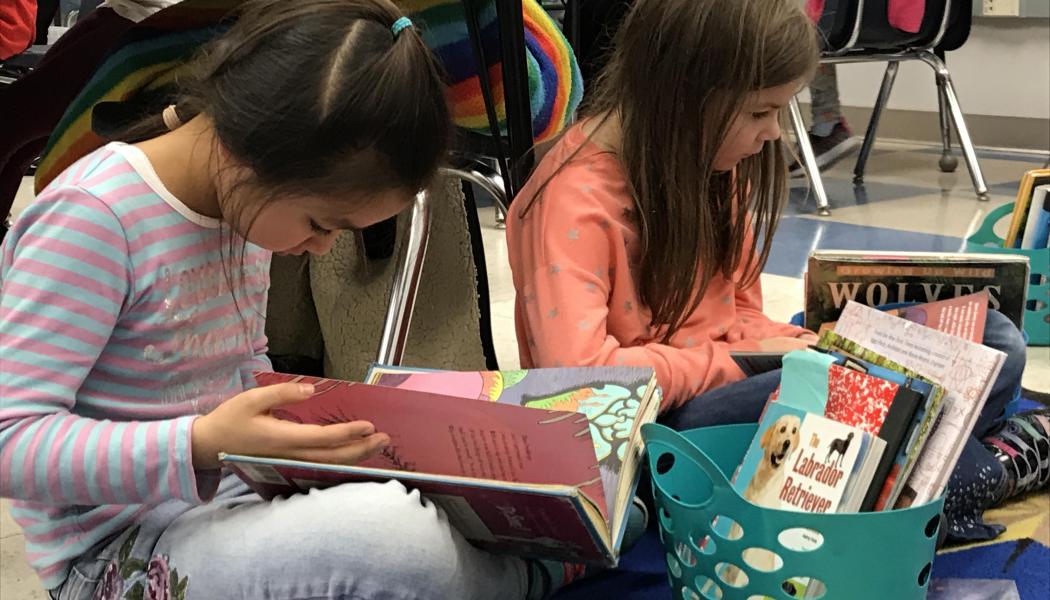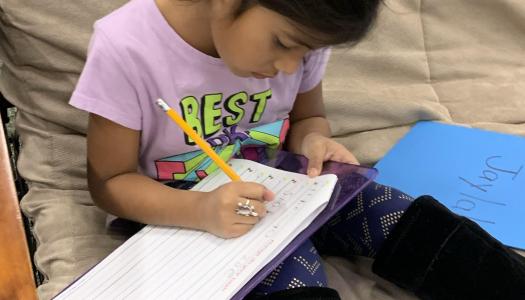Receptive Forms of Authentic Learning Application

Join Our Community
Access this resource now. Get up to three resources every month for free.
Choose from thousands of articles, lessons, guides, videos, and printables.
When it comes to authentic learning, students have two main ways to apply new knowledge: receptively and expressively. While the expressive forms of application focus on how students articulate and demonstrate their understanding, the receptive forms of application are about absorbing information. Three receptive ways students can authentically apply their learning are through reading, listening, and viewing.
Reading: Reading is more than just looking at words on a page. When students read, they actively think about what they’re reading. They connect ideas, figure out what the text means, and see how it relates to what they already know. Reading helps them think critically by judging what’s true and what’s just someone’s opinion. It also helps them understand other people’s feelings and see things from different points of view, like imagining what it’s like to be a character in a story or understanding events from history.
Listening: When students listen well—whether they’re listening to talks, podcasts, or stories—they understand and connect ideas. It’s not just about hearing words; it’s about getting the meaning, following directions, and joining in the discussion. Attentive listening enhances comprehension, builds vocabulary, and facilitates caring about other people’s feelings. When students listen closely, they remember what they hear, decide what’s important, and think about things from their own point of view. These skills help them learn and share ideas respectfully in class.
Viewing: Viewing is more than just watching videos or looking at pictures. It’s about understanding visuals, like diagrams or artwork, to connect ideas and learn new things. In class, visual learning helps students understand complex topics and see things in different ways. Whether they’re studying historical photos or scientific drawings, students learn to think critically by figuring out what visuals mean, making guesses, and understanding how things fit together. Using visuals helps students remember what they learn, makes studying more interesting, and makes the material easier to understand.
By incorporating these three receptive forms into teaching and student application, we can provide diverse and meaningful ways for students to absorb information, ensuring that everyone has the opportunity to engage with content in a way that resonates with them.






